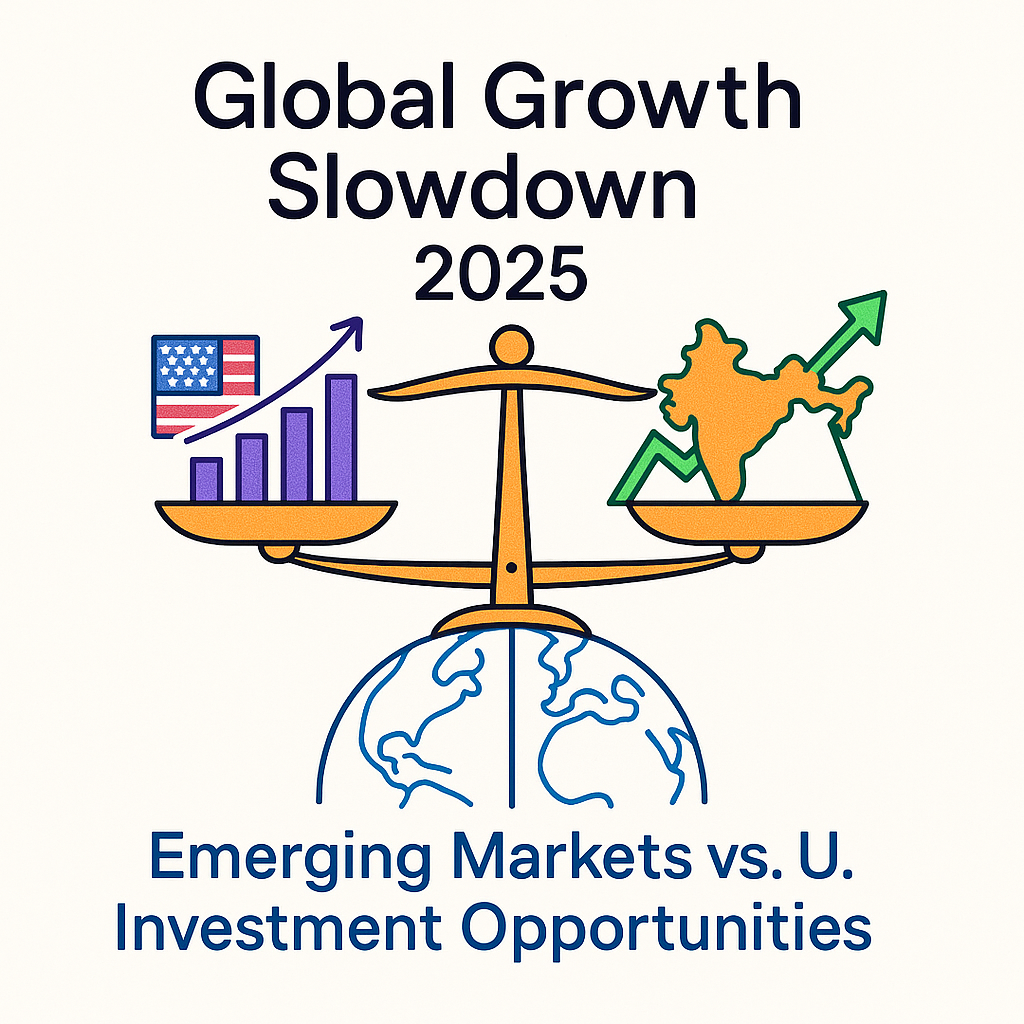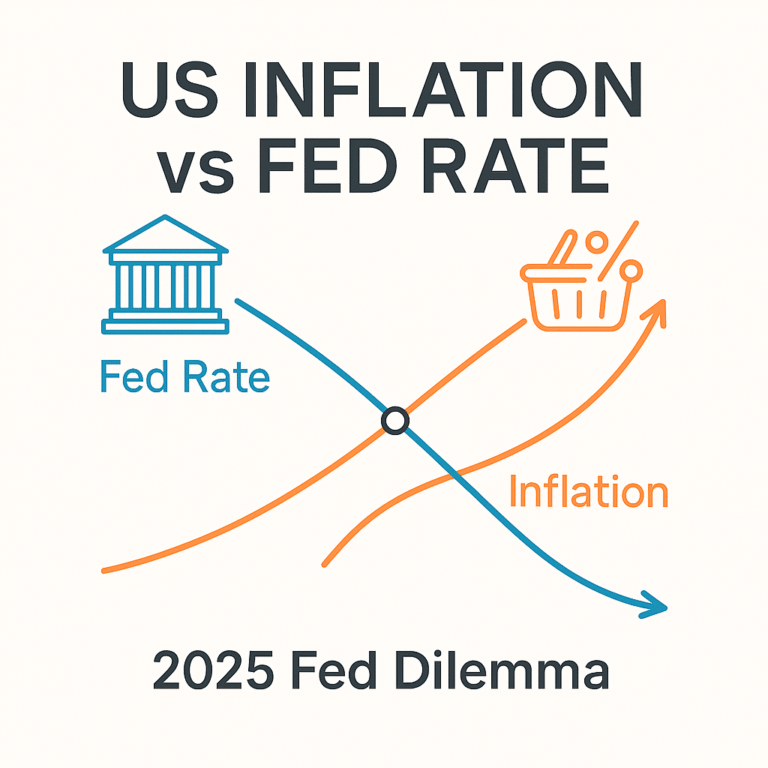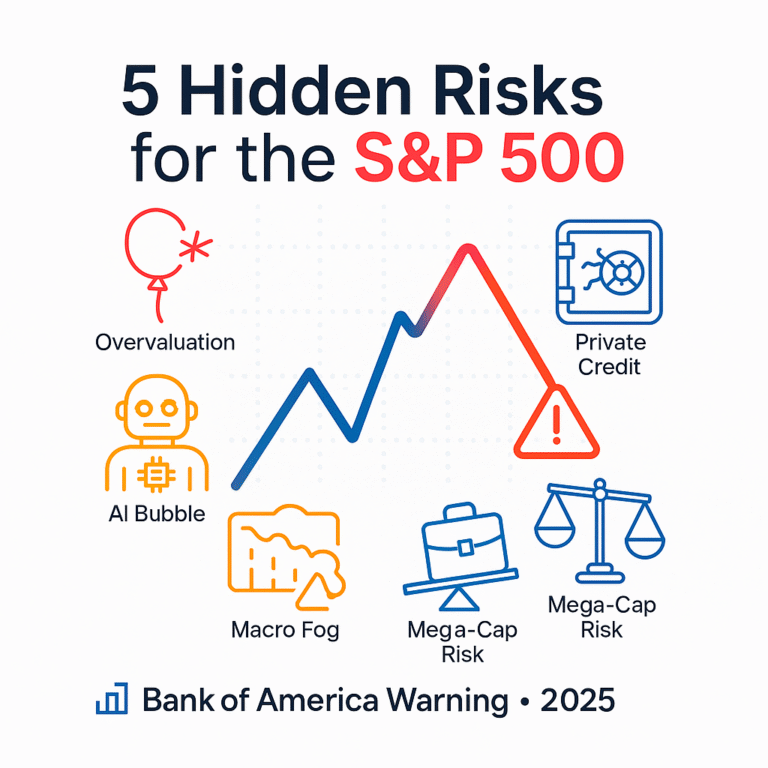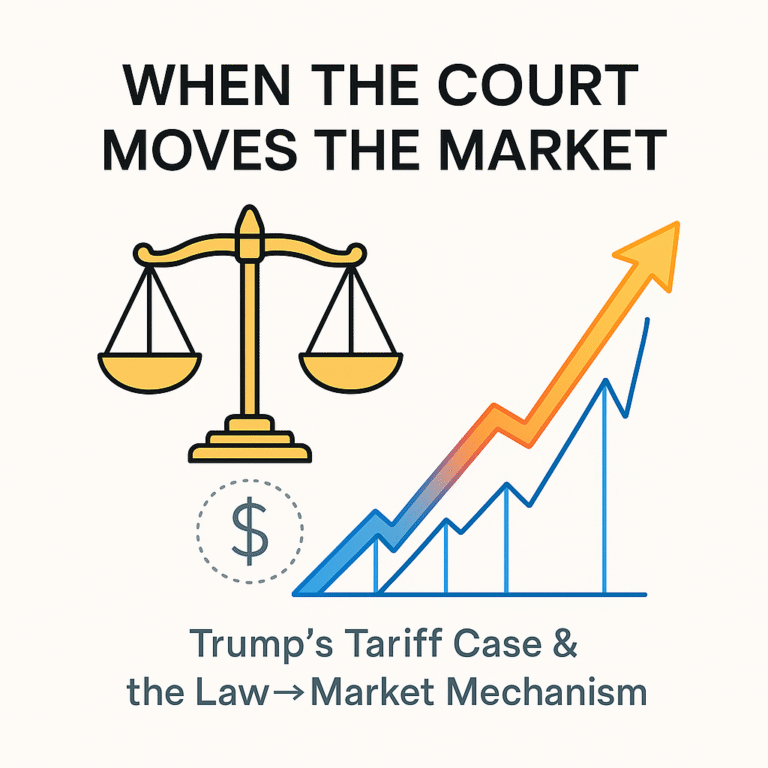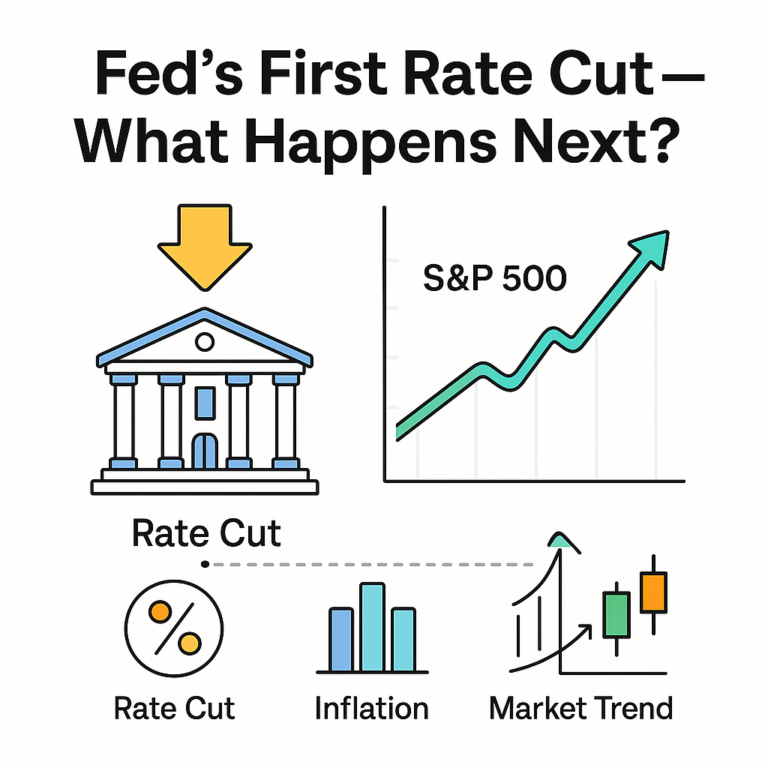2025 Global Growth Slowdown: Emerging Markets vs U.S. Market Investment Opportunities
Discover how the 2025 global growth slowdown is reshaping investment opportunities between emerging markets and the U.S. market — with data, strategy, and expert insights.
Key Takeaways
✔ The IMF projects global GDP growth around 3.2% in 2025, signaling a clear slowdown.
✔ The U.S. market remains stable but faces valuation pressure and slower momentum.
✔ Emerging markets offer undervalued growth potential, especially if the dollar weakens.
✔ A balanced portfolio can combine U.S. stability with emerging market upside.
✔ Currency shifts, rate changes, and supply chain trends will define next year’s opportunities.
Global growth is losing steam in 2025. The International Monetary Fund expects the world economy to expand at roughly 3.2%, lower than its historical average. (IMF)
For investors, this slowdown brings a key question: Where does growth — and resilience — still exist?
Comparing emerging markets and the U.S. market is crucial in this environment. Each presents distinct opportunities and risks shaped by currency trends, valuation gaps, and policy directions. Let’s explore where investors might find value amid the global growth slowdown.
What’s Driving the Global Growth Slowdown in 2025?
According to recent updates from the IMF and OECD, global GDP growth is expected to soften from 3.5% in 2024 to about 3.2% in 2025.
The slowdown stems from:
- Persistently high interest rates restraining consumption and investment.
- Trade tensions and fragmented supply chains weighing on exports.
- Weaker productivity and demographic headwinds in major economies.
Emerging markets face an added layer of pressure from dollar strength and elevated debt servicing costs. Meanwhile, U.S. growth is moderating after years of stimulus and technology-led expansion. (OECD Report, 2025)
Why Emerging Markets Have Lagged — and What’s Changing Now
Over the past five years, U.S. equities have consistently outperformed, driven by technology giants and strong corporate earnings. Emerging markets, in contrast, were weighed down by policy uncertainty, a strong dollar, and weaker investor sentiment.
Yet the tide may be turning. As the dollar shows signs of peaking and local consumption strengthens, emerging economies like India, Vietnam, and Mexico are regaining traction.
Their growth drivers include:
- Expanding domestic demand and middle-class spending.
- Infrastructure and manufacturing investment.
- Integration into global supply chains shifting away from China.
According to the IMF, emerging markets are expected to grow around 4.2% in 2025, nearly double the pace of developed economies. (EFG International)
U.S. Market vs Emerging Markets: A Data-Driven Comparison
|
Category |
U.S. Market (Developed) |
Emerging Markets (EM) |
|---|---|---|
|
2025 GDP Growth |
~2.0% |
~4.2% |
|
Key Growth Drivers |
AI, tech, consumer spending |
Manufacturing, infrastructure, domestic demand |
|
Valuations (P/E) |
22–25x (high) |
11–13x (low) |
|
Currency Impact |
Dollar strength positive |
Dollar weakness positive |
|
Major Risks |
Overvaluation, slower growth |
Policy instability, liquidity, volatility |
The U.S. market continues to offer stability and liquidity, while emerging markets hold growth potential at more attractive valuations.
Rather than choosing one, investors may benefit from a diversified allocation that balances both risk and opportunity.
Expert Insights: The Dollar and Interest Rates Hold the Keys
Global strategists agree that currency and interest rate trends will define 2025.
- IMF: Emerging economies have improved fiscal frameworks, increasing resilience against shocks.
- Goldman Sachs: If inflation eases and the dollar weakens, emerging market assets could outperform by late 2025.
- J.P. Morgan: Investors should use ETFs or diversified funds to mitigate liquidity and political risks in EM assets.
If the dollar weakens and rate cuts begin in developed economies, emerging markets could enjoy renewed capital inflows — potentially shifting global portfolio balances.
Strategic Takeaways for Investors Amid the Global Growth Slowdown
The 2025 environment calls for flexibility and balance rather than aggressive positioning.
Here’s a simple framework:
- Keep U.S. exposure as a portfolio anchor. Focus on large-cap and dividend-oriented stocks for stability.
- Add selective emerging markets exposure through diversified ETFs or mutual funds targeting structural growth economies.
- Include income-generating assets like bond ETFs or short-duration instruments to cushion volatility.
- Hedge currency exposure across U.S. dollar and EM currencies to manage FX risk.
- Review allocation regularly to align with changing market cycles and personal risk tolerance.
This approach blends U.S. reliability with emerging-market momentum — a strategy that can help navigate uncertainty while staying invested.
What to Watch in the Next 12 Months
Investors should monitor three macro shifts:
- Interest-rate cycle: Central bank cuts could stimulate both equity and bond performance.
- Dollar trajectory: A weaker dollar tends to lift EM currencies and attract inflows.
- AI and supply-chain shifts: As technology and manufacturing diversify into EM regions, new sectoral opportunities may emerge.
These variables will shape the global growth slowdown emerging markets investment opportunity 2025 narrative over the coming year.
The 2025 global growth slowdown presents both risks and openings.
The U.S. market remains a safe anchor for capital, while emerging markets are entering a phase of structural renewal.
Building a balanced, globally diversified portfolio — rather than chasing a single region — may be the smartest response to today’s shifting economy.

